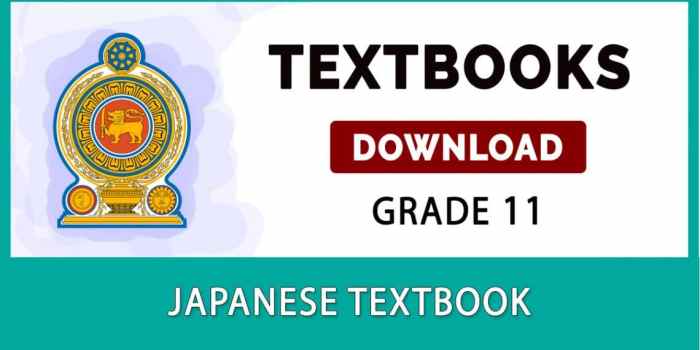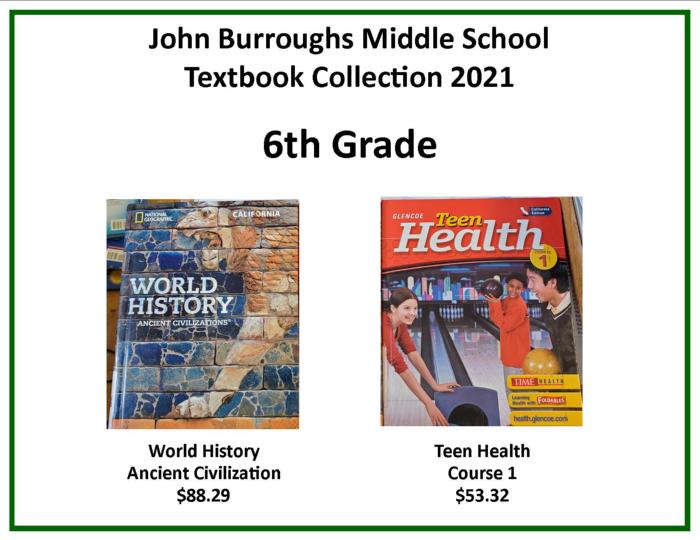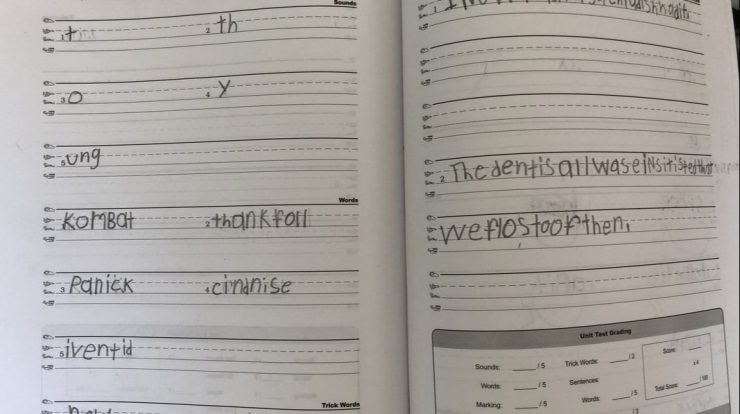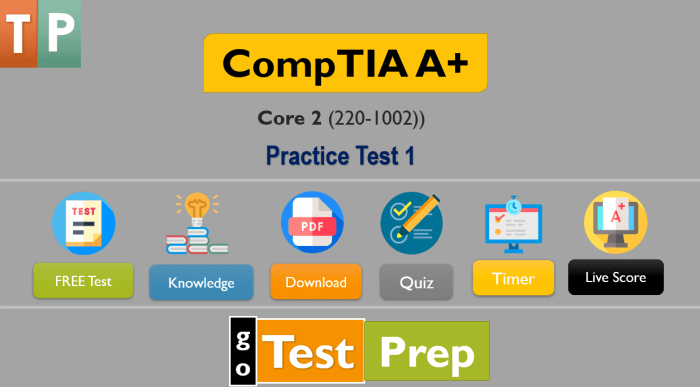The Collections Textbook Grade 11 PDF is an indispensable resource for both teachers and students. It provides a comprehensive overview of the essential concepts and skills related to collections, ensuring a thorough understanding of this fundamental mathematical topic. In this guide, we will explore the purpose, significance, content, and pedagogical approaches of collection textbooks for Grade 11, empowering educators and learners to harness its full potential.
This textbook offers a structured and engaging learning experience, covering key themes, topics, and concepts. Its well-organized structure, including chapters, sections, and subsections, facilitates easy navigation and efficient learning. Furthermore, the readability, accessibility, and engagement of the textbook cater to the diverse learning styles of Grade 11 students, fostering comprehension and retention.
Collection Textbooks Grade 11 PDF
Collection textbooks for Grade 11 students are comprehensive resources designed to support their academic journey. These textbooks provide a structured and organized approach to learning, covering a wide range of subjects and topics relevant to the Grade 11 curriculum.
Historically, collection textbooks have evolved from traditional textbooks that focused primarily on presenting subject matter. Modern collection textbooks incorporate various pedagogical approaches, integrate technology, and provide assessment tools to enhance student engagement and learning outcomes.
Advantages of Collection Textbooks
- Comprehensive coverage of subject matter
- Structured organization for easy navigation
- Variety of learning resources, including text, visuals, and interactive exercises
- Assessment tools for self-evaluation and progress tracking
Disadvantages of Collection Textbooks
- Can be bulky and expensive
- May not always align perfectly with individual teaching styles
- Potential for outdated information or limited coverage of certain topics
Content Analysis of Collection Textbooks

Common Themes and Concepts
Grade 11 collection textbooks typically cover a range of subjects, including English, Mathematics, Science, History, and Social Studies. Within each subject, textbooks address common themes and concepts that are essential for students to master.
Structure and Organization
Collection textbooks are typically organized into chapters, sections, and subsections. Each chapter focuses on a specific topic or theme, with sections and subsections providing further detail and examples.
Readability, Accessibility, and Engagement
Effective collection textbooks are written in a clear and concise style that is accessible to Grade 11 students. They incorporate visual aids, such as charts, graphs, and images, to enhance comprehension and engagement.
Pedagogical Approaches in Collection Textbooks

Inquiry-Based Learning
Inquiry-based learning encourages students to actively engage with the material by asking questions, conducting research, and formulating their own conclusions.
Collaborative Learning, Collections textbook grade 11 pdf
Collaborative learning activities, such as group projects and discussions, foster teamwork, communication skills, and critical thinking.
Differentiated Instruction
Differentiated instruction tailors instruction to meet the individual needs and learning styles of students, ensuring that all students have access to meaningful learning experiences.
Integration of Technology in Collection Textbooks
Online Resources
Many collection textbooks offer access to online resources, such as videos, simulations, and interactive exercises. These resources provide additional support and engagement for students.
Impact on Student Engagement
Technology integration can enhance student engagement by providing interactive and visually appealing learning experiences that cater to different learning styles.
Challenges and Opportunities
While technology offers numerous benefits, it also presents challenges, such as ensuring equitable access to devices and reliable internet connectivity.
Assessment and Evaluation of Collection Textbooks
Methods of Assessment
The effectiveness of collection textbooks is assessed through various methods, including standardized tests, teacher observations, and student feedback.
Criteria and Standards
Textbooks are evaluated based on criteria such as accuracy, currency, readability, and alignment with curriculum standards.
Role of Stakeholders
Teachers, students, and administrators play a crucial role in evaluating collection textbooks and providing feedback to publishers and policymakers.
Essential Questionnaire: Collections Textbook Grade 11 Pdf
What are the benefits of using collection textbooks in Grade 11 classrooms?
Collection textbooks offer several advantages, including a structured learning experience, comprehensive coverage of essential concepts, and a variety of pedagogical approaches. They facilitate efficient learning, cater to diverse learning styles, and provide a solid foundation for further mathematical studies.
How can technology enhance the effectiveness of collection textbooks?
Technology integration in collection textbooks can significantly enhance student engagement and learning outcomes. Online resources, simulations, and interactive exercises provide interactive and immersive learning experiences. Technology also enables personalized learning, allowing students to progress at their own pace and explore topics in greater depth.
What factors should be considered when evaluating the quality of collection textbooks?
When assessing collection textbooks, consider factors such as content accuracy, organization, readability, accessibility, and alignment with curriculum standards. Evaluate the pedagogical approaches employed, the effectiveness of teaching and learning strategies, and the quality of assessments and exercises. Additionally, consider the integration of technology and its impact on student engagement and learning outcomes.


